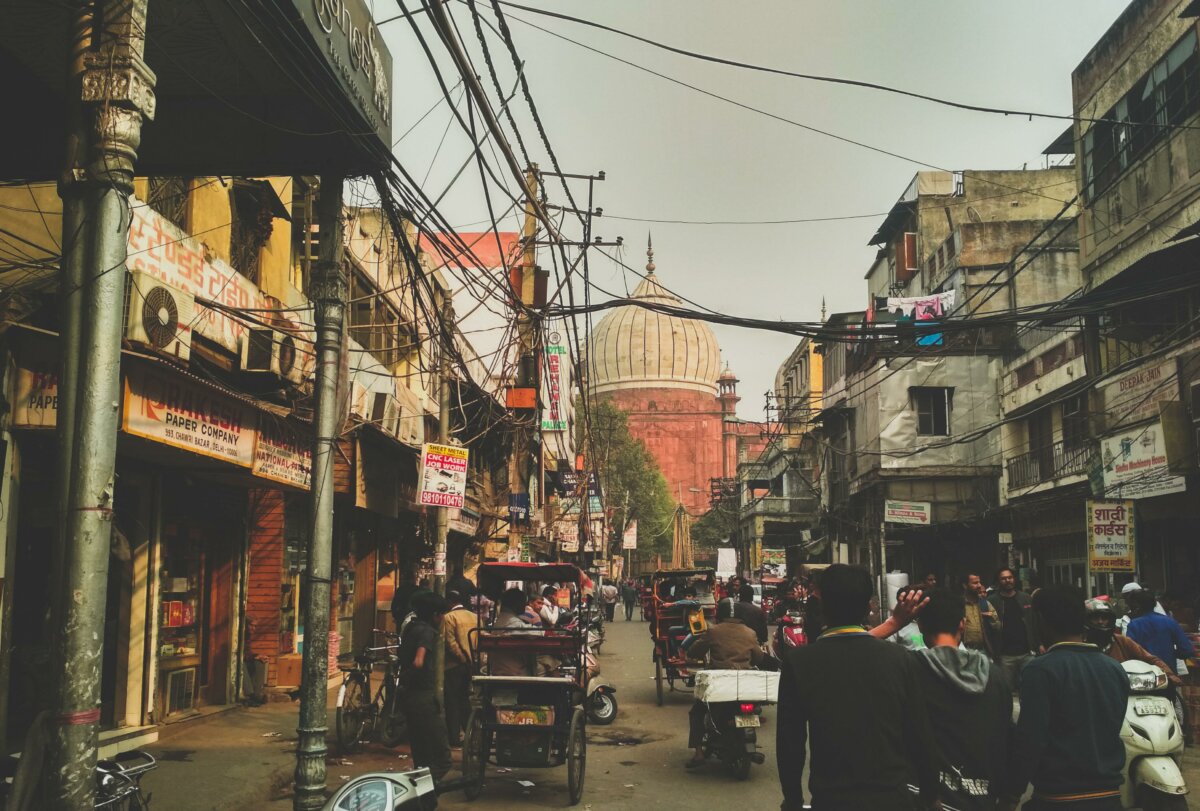I due volti dell’economia indiana
In India, nonostante il miglioramento degli indici e dei tassi di crescita, il numero assoluto delle persone sotto la soglia di povertà rimane alto. La diminuzione delle diseguaglianze regionali non ha mitigato, tuttavia, la sperequazione a livello sociale. L’analisi di Guido Bolaffi

In India diminuiscono le diseguaglianze regionali ma aumentano quelle sociali. È questa la contraddittoria fotografia del Paese che emerge da due recenti documenti governativi: il primo dà conto dell’andamento del Prodotto Nazionale Interno Lordo nel Secondo Quadrimestre (Q2) 2021; il secondo dei risultati di un’indagine campionaria multidimensionale, denominata National Family Health Survey (NFHS) 2019-2021, sulla condizione di vita dei nuclei familiari regione per regione. Due pubblicazioni da cui emerge uno scenario in chiaro e scuro di una nazione alle prese, contemporaneamente, con le complicate contraddizioni dell’accelerata, profonda modernizzazione della sua struttura socio-produttiva. E con i pesantissimi danni ereditati dai lunghi, terribili mesi della pandemia della scorsa primavera.
Un complicato intreccio di questioni che, non a caso, ha fatto da detonatore al furioso dibattito sulla povertà che settimane addietro ha spaccato trasversalmente il mondo della politica e quello dell’accademia indiane. Di cui l’economista Udit Misra ha dato conto nell’articolo Poverty in India con queste parole: “Given the highly polarised nature of our politics, it is quite likely that in the days to come, Indians may witness a fierce, and possibly farcical, debate on poverty […] The are two ways to assess India’s performance. One is to look at the headcount ratio of poverty, which is the percentage of India’s population that was designated to be below the poverty line. The other variable to look at is the absolute number of poor people in the country. If one looks at the headcount ratio then India made rapid strides since 1973 […] But the story is quite different when one looks at the absolute number of poor in the country. Even though the percentage of people below the poverty line were coming down over the years, the absolute numbers remained stubbornly at the same level”.
Questa polemica politico-culturale ha trovato rinnovato alimento sull’interpretazione dei risultati emersi dall’inchiesta NFHS. Ad animarla sono stati il delegato del Fondo Monetario Internazionale per l’India Surjit S. Bhalla e lo studioso americano Karan Bhasin, che con un paper a doppia firma hanno duramente contestato le valutazioni, da loro definite “aprioristicamente negative”, formulate da un gruppo di intellettuali vicini ai partiti dell’opposizione sulle risultanze dell’indagine del Ministero delle Politiche Sociali e della Famiglia. Infatti, dicono nel loro scritto Bhalla e Bhasin: “India’s development trajectory has not been uniform, but regional imbalance of development […] in a detailed examination of the summary statistics reported in the NFHS data (large and small states of India for two years 2015-16 and 2019-21), we find […] a remarkable convergence in living stands, a convergence possibly unparalleled in India history and in the space of just five years. The first year of the comparison 2015-16 can be taken to be a reasonable proxy for the beginning of the Modi model of development, a model which can be described as targeted purposeful development. A model which recognises the separate roles played by the market (bringing about increases in personal income) and by quasi-public goods efficiently targeted by informed public policy”.
Contrapposizioni che al di là dei differenti, e talvolta opposti, “punti di vista” degli analisti trovano la loro ragion d’essere nelle difficoltà reali che attanagliano l’economia e la società indiane. Che dopo aver rischiato di sprofondare sotto i tremendi colpi della pandemia stanno faticosamente cercando di risalire la china. Infatti, come spiegava Udit Misra su Indian Express nell’articolo How to read Q2 GPD data del 1 dicembre, se è vero che i dati del Prodotto Interno Lordo dell’India nel secondo quadrimestre 2021 segnano un positivo più 8 per cento, rispetto allo stesso periodo del 2020, è anche vero che “given the fact that the Indian economy, much like most other economies, suffered a massive contraction in the last financial year, it is better to avoid looking at growth rates and instead look at absolute levels of economy activity”. Infatti:
- this year private consumption (which accounts for 55% of all GDP and is the biggest engine) grew by 8,6% over Q2 of last year. But this growth was inadequate because in the Q2 last year private consumption expenditure contracted by more than 11%. In simple terms, people spent less this year than they did in the same quarter two years ago;
- in contrast, the investments made by business (which is the second biggest engine of the GCP growth, accounting for 33% of all GDP) in Q2 grew handsomely by 11%, easily overhauling the contraction of 8,6% last year. In fact, firms made more investments in this Q2 than in any Q2 over the last five years;
- barring last year, which was an exceptional year, the government’s expenditure is the lowest in five years. This shows that at a time when private demand is struggling to recover, the government has not been able to plug the gap.
Stando così le cose risulta fondata la serrata critica sullo stato dell’assistenza sociale e, più in generale, delle politiche di Welfare in India formulata da Jean Dreze, economista della Ranchi University, e da Jasmine Naur Hafiz della Lady Shri Ram College for Women, che nell’articolo National Family Scheme is in urgent need of revival scrivono: “The National Family Benefit Scheme (NFBS) launched in 1995 under the National Social Assistance Programme (NSAP) has been allowed to languish […] The sorry plight of NFBS in not an accident. It is part of the deliberate neglect of the NSAP in recent years. The NFBS budget has also stagnated, making impossible to expand its coverage or raise the benefits […] The absence of any form of life insurance appropriate for poor households is a gaping hole in India’s budding social security system”.



